Cricket
What makes the SA20 different? Did South Africa really give up ODIs to join the new league?
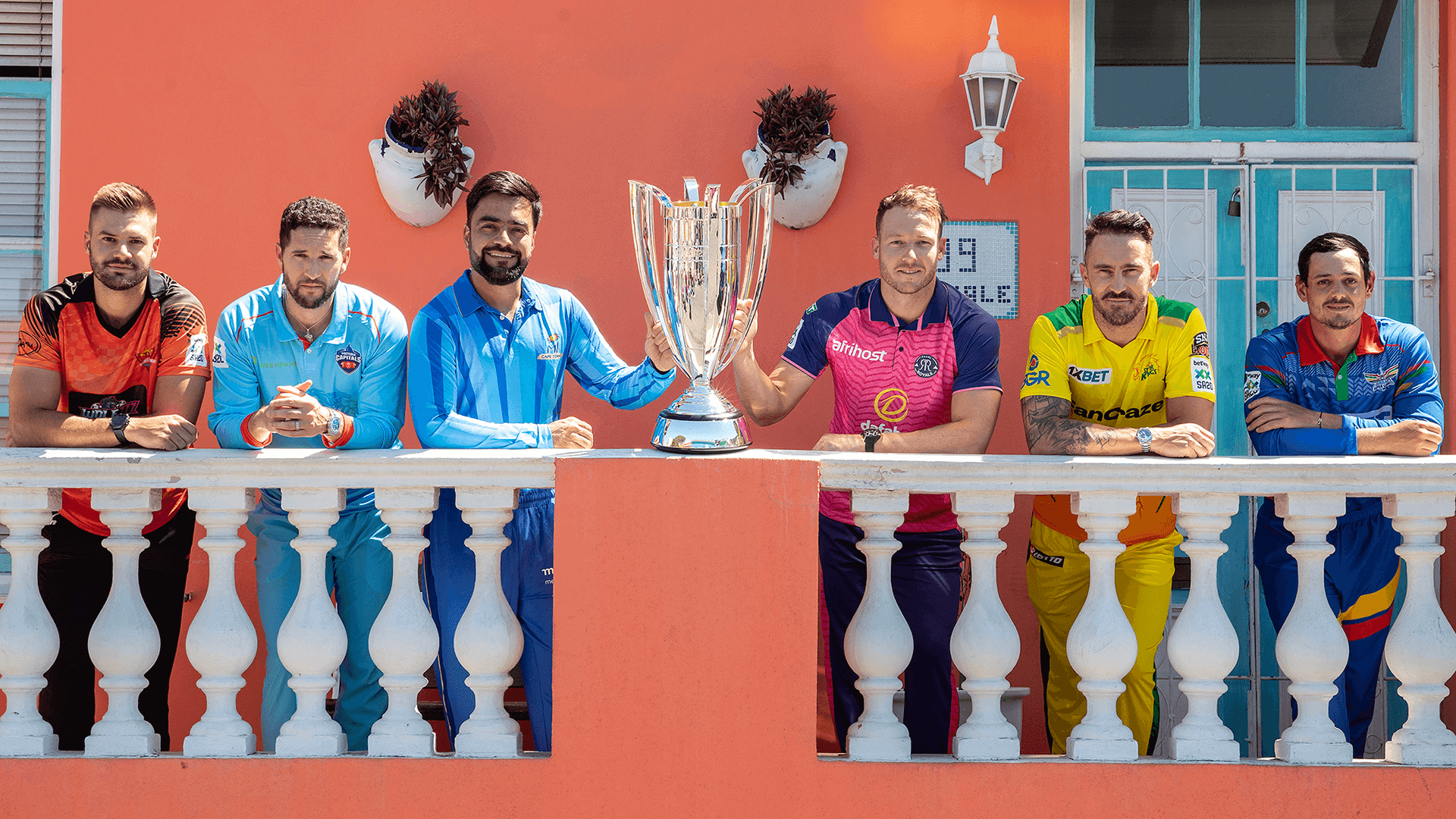
South Africa has finally started a franchise T20 tournament after three tries. The SA20 starts on Tuesday. It is not the Global League T20 or the Mzansi Super League. Here’s what you need to know about the new league.
If it doesn’t have a T, is it still a T20 tournament?
Aha, so you’ve noticed this odd thing. Well, this T20 tournament doesn’t have a T, and it also doesn’t say “Premier League” or “League.” So it’s really becoming a naming trend all by itself. In fact, Graeme Smith, the SA20 commissioner, said that they left out the T to show that they wanted to be different.
So what makes it different?
There is one big thing, though. Before the toss, captains will be able to choose 13 players for their teams. After the toss, they will choose the final XI. So, once they know whether they’ll bat or bowl first, they can make decisions about how to play as a team. But other than that, it’s still a T20 tournament, even without the T, and it’s pretty similar to one you may have heard of. There are a total of six teams, and they will play a round-robin phase where each team plays the other team both at home and away. After that, there will be semi-finals and a final. There was an auction before the tournament, and each team can have up to 18 players. Most of these players are from South Africa. On game days, they will be able to put four foreign players in each starting lineup.
This reminds us the a little of the IPL…
Ka-ching! All six teams are owned by IPL franchises, and their cutesy names have even been given to cities in South Africa. We have the Joburg Super Kings, the Pretoria Capitals, the Durban Super Giants, the Sunrisers Eastern Cape, the Paarl Royals, and everyone’s favorite reinterpretation, MI Cape Town (pronounced MY Cape Town).
This must mean a lot of money is at stake, right?
You’re right about that. IPL teams’ high bids are one reason why no South African business was able to join the league. Even though the prices haven’t been made public, it’s been said that each franchise cost more than a million dollars, with Johannesburg and Cape Town being the most expensive at USD 28 million each. The good news is that these investors will get their money back as soon as the first year is over. Even though CSA said it would take five years, the league is expected to make money as early as the first year, thanks to a good broadcast deal in India and then with other global TV providers.
There are prizes worth more than $4 million. At the auction, mega bucks were also thrown around. Tristan Stubbs was the most expensive buy at USD 520,000, which is worth a whopping R9.2 million. Other Rand millionaires include Rilee Rossouw, Donovan Ferreira, Marco and Duan Jansen, Lungi Ngidi, Wayne Parnell, Sisanda Magala, George Linde, Heinrich Klaasen, Reeza Hendricks, Tabraiz Shamsi, Rassie van der Dussen, Daryn Dupavillon.

You’ve said a lot of names, but what about Temba Bavuma, who is the captain of South Africa’s white-ball team?
Bavuma, who had a base price of R850,000 (USD 50,000), did not sell at the auction because he had been hurt for a long time and was not in good shape. At the time of the auction on September 19, Bavuma had not played competitive cricket in more than three months due to an elbow injury that kept him out of South Africa’s entire tour of England. His T20I record was also not very good. He had played 25 games with an average score of 26.86 and a strike rate of 120.60, which was the most worrying number. Still, he said that he was sad that he wasn’t picked for the tournament. Then things went from bad to worse. Bavuma had a hard time getting back into the game. In a series against India, he was out for two ducks and three runs, and in five T20 World Cup games, he scored 70 runs at a strike rate of less than 100.
Since then, there have been questions about whether he should even be on South Africa’s T20 team as a batter, let alone be the captain. When you think about the fact that Bavuma is South Africa’s first black African captain and has led the team through some of its hardest times, the whole thing is just a mess.
But he wasn’t the only one who was forgotten. Some of the better-known South African players who will not play are Dean Elgar and Keegan Petersen. Andile Phehlukwayo, a South African all-rounder, also didn’t sell at the auction, but Paarl Royals picked him up as a “wild card” player.
And the slights didn’t just happen to players, did they?
That is correct. A whole part of South Africa was left out of the SA20, and it is getting less and less important in high-profile cricket. The central area, which includes the province of Free State and the cities of Bloemfontein and Kimberley, does not have a SA20 team, so it will not host any games or take part in the event. The Bloemfontein-Kimberley team, called the Knights, was one of the six teams in South Africa’s former top tier, and the Free State provincial team plays in Division 1 of the current domestic structure. This is a pretty cold shoulder.
Even though the central region isn’t the most attractive part of the country, it has produced some of the best cricket players, like Allan Donald, and is home to some of the best cricket schools, like Grey College. We don’t know if that talent is being used in other ways or if it’s just being ignored. For now, the 3 million people who live in the Free State won’t get to see any of the glitz and glamour of the SA20, but they will get three World Cup Super League ODIs against England from January 27 to February 1.
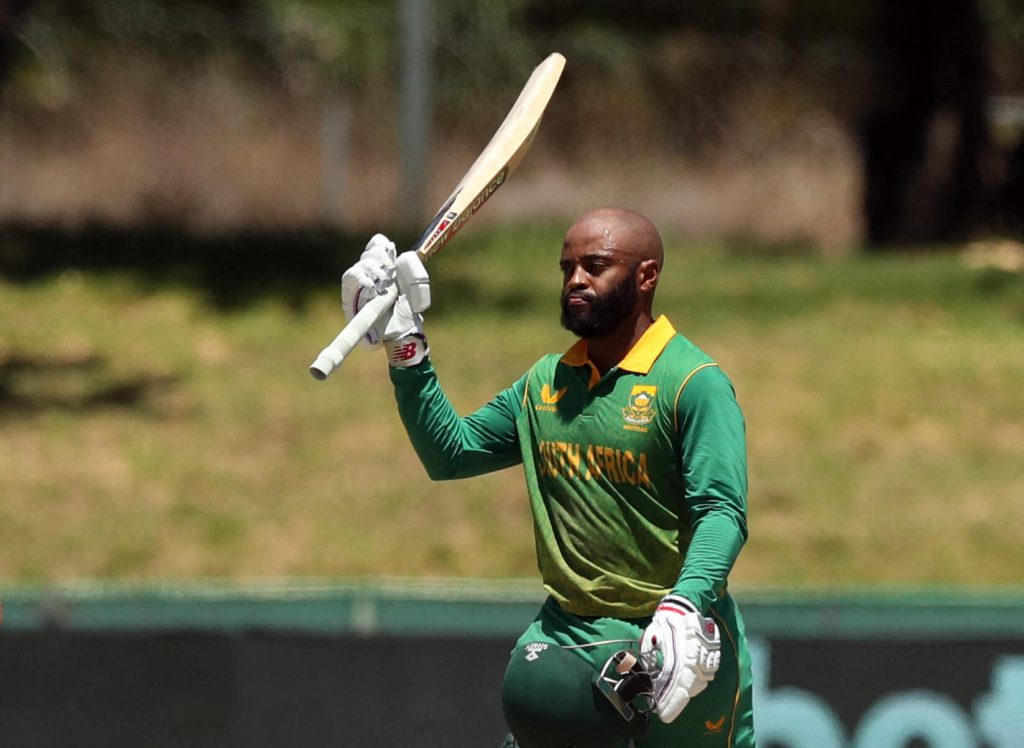
Wait, there are ODIs in the middle of the SA20?
There are, and it couldn’t be helped. These are the games that were put off in November 2020, when Covid-19 broke out in both the South African and English camps and the beta variant was found. This caused England to leave the tournament early. South Africa has to win at least one of these games if they want to automatically qualify for the 2023 World Cup. This is because the broadcast rights for these games are worth a lot of money. South Africa is currently 11th in the table. They have only five matches left after giving up three ODIs in Australia to make room for…you guessed it…the SA20. To move up to eighth place, they have to win at least three of those five, and if they don’t, they’ll have to go to Zimbabwe in June for a qualifying event.
Wow, this is all getting pretty sad pretty fast. Can we talk about David Miller’s pink plasters on his nose?
If you haven’t seen it yet, you have no choice but to. The ads are nothing less than incredible. They show Quinton de Kock wearing a jeweled hat and wings, Shamsi making a phone call from a neon pink platform shoe, Parnell snorkeling in a bathtub, women’s captain Dane van Niekerk jamming in some glittery clothes, and David Miller’s unique nipple covers, which Janneman Malan, dressed as gold dust, calls “silly.” They are all set to Pharrell Williams’ “Happy.” What more could you want?
We’ll tell you! Like the Hundred, the SA20 will have some of South Africa’s best musicians performing on the grounds. Master KG (not KG Rabada), who is known for his hit song Jerusalema (you have to know the dance), and Sho Majozi, who performed her song John Cena on the Ellen show, will be the headliners. Get with the program. You already know you do.
And in the end, all of this is good for South African cricket, right?
We certainly hope so, because Cricket South Africa needs it like hell. The organization is in a lot of financial trouble, which is in part because Thabang Moroe was a wasteful CEO from 2017 to 2019. During that time, they also lost almost all of their sponsors. The national men’s team and all three domestic competitions still don’t have corporate sponsorship, and CSA has lost money for the last two years and will lose money again this year. Their cash reserves are so low (down from over a billion rand a few years ago to just tens of millions now) that some insiders say they won’t be able to last more than a year or two unless something fills the coffers soon, and this is supposed to be it.
But money isn’t the only reason. The South African cricket team’s morale is at an all-time low because the Test team did so badly in Australia and the white-ball teams are so far from winning the World Cup. The country needs a shot of fun and a place where players can move away from the boring style of play that has come to dominate the game and toward a more active and fun way of being.
How will we keep track of this tournament when the ILT20, BPL, and BBL are also going on?
We’re being asked! The only thing we can tell you will make your schedule even messier. The first Under-19 Women’s T20 World Cup is also going on at the same time as the New Zealand men’s series in India, the Ireland men’s series in Zimbabwe, the Pakistan women’s series in Australia and India, and the West Indies women’s series in South Africa. Enjoy.
Cricket
1000 Runs in ODIs: Kohli’s Cricket Legacy
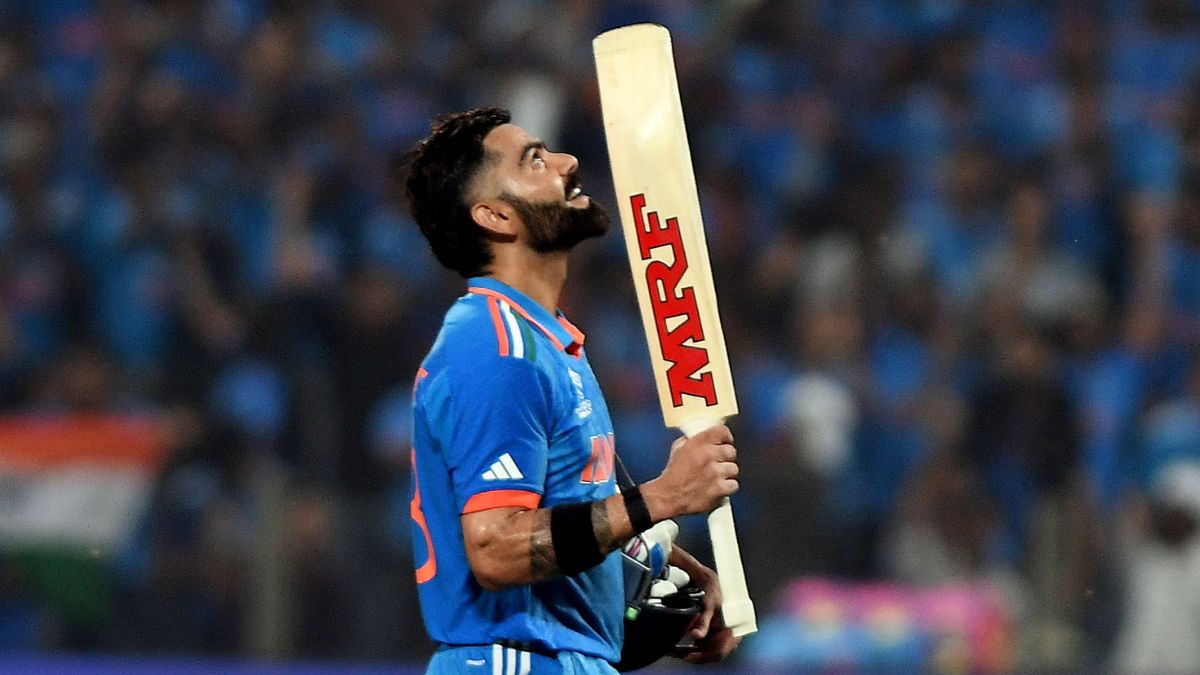
On Thursday, November 2, Virat Kohli achieved an accomplishment. He became the batsman to surpass 1000 runs in ODIs in 2023, following in the footsteps of Shubman Gill and Rohit Sharma. Not that,. He also joined Rohit Sharma, Shubman Gill, and Pathum Nissanka as the fourth players to achieve this impressive record in the 50-over format within the same year.
Stepping into History with 1000 Runs in ODIs
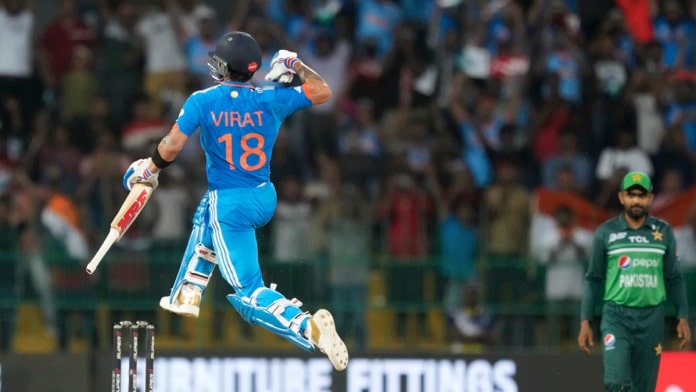
Entering the realm of history, Kohli’s unwavering determination and exceptional skills were put on display during his match in 2023. Notably, the cricket maestro, now 34 years old, made an indelible impact by surpassing Sachin Tendulkar‘s record, securing the most number of years with 1000 runs in ODIs. Kohli’s consistent ability to perform at such an exceptional level has been a defining characteristic of his illustrious career, as he had previously achieved this monumental milestone in 2011, 2012, 2013, 2014, 2017, 2018, and 2019, before accomplishing it once again in the present year of 2023.
Sachin Tendulkar with god of cricket Virat Kohli pic.twitter.com/zmztejNBBB
— Kevin (@imkevin149) November 2, 2023
An Unforgettable Journey
In an intense World Cup 2023 clash against Sri Lanka at the renowned Wankhede Stadium in Mumbai, Virat Kohli’s pursuit of this historic milestone was realized with an impressive 34 runs. Despite facing challenges, including a rare duck against England at the Ekana Stadium in Lucknow, his overall performance throughout the year has been nothing short of spectacular.
Kohli’s memorable journey was highlighted by an unbeaten century during India’s triumphant seven-wicket victory against Bangladesh at the Maharashtra Cricket Association (MCA) Stadium in Pune. Adding to his illustrious record, he solidified his stature with a brilliant 95 runs, making a significant contribution to India’s thrilling four-wicket win over New Zealand led by Tom Latham at the Himachal Pradesh Cricket Association (HPCA) Stadium in Pune.
Cricket
Shaheen Shah Afridi: Fastest to 100 ODI Wickets
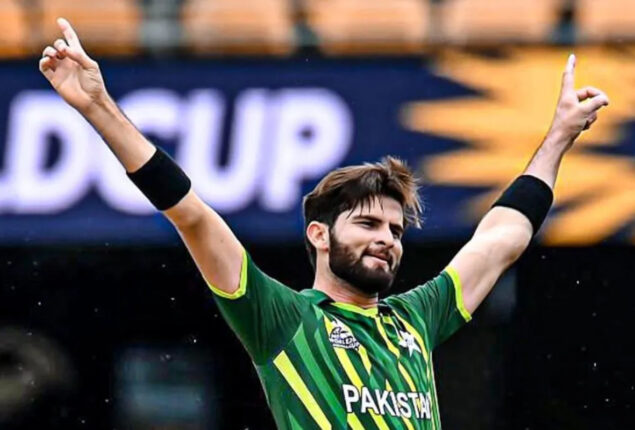
Shaheen Shah Afridi, on Tuesday, October 31, achieved a remarkable feat, becoming the third fastest bowler to secure 100 wickets in ODIs. His outstanding performance during Pakistan’s World Cup 2023 match against Bangladesh at the renowned Eden Gardens in Kolkata led to this historic accomplishment.
A Landmark Moment
In the thrilling encounter, Shaheen clinched his 100th wicket in only his 51st match, dismissing Tigers’ opening batter Tanzid Hasan Tamim. The left-arm fast bowler displayed exceptional skill as he struck Tamim on the pads, prompting the on-field umpire to raise his finger. Despite Tamim’s referral to the third umpire using the Decision Review System (DRS), the replays confirmed the ball crashing into the stumps, upholding the on-field decision. Bangladesh lost their first wicket with the scoreboard reading 0 in just 0.5 overs.
Shaheen Afridi soars high yet again with another feat to his name 🦅#CWC23 | #PAKvBAN pic.twitter.com/IlQQ6P5xYK
— ICC Cricket World Cup (@cricketworldcup) October 31, 2023
Surpassing Preceding Records
Shaheen Shah Afridi not only secured this feat in record time but also outshone the accomplishments of esteemed bowlers preceding him. He surpassed the record of the fastest pacer, previously held by Mitchell Starc, who attained the milestone in August 2016 during an ODI against Sri Lanka at the R. Premadasa Stadium in Colombo.
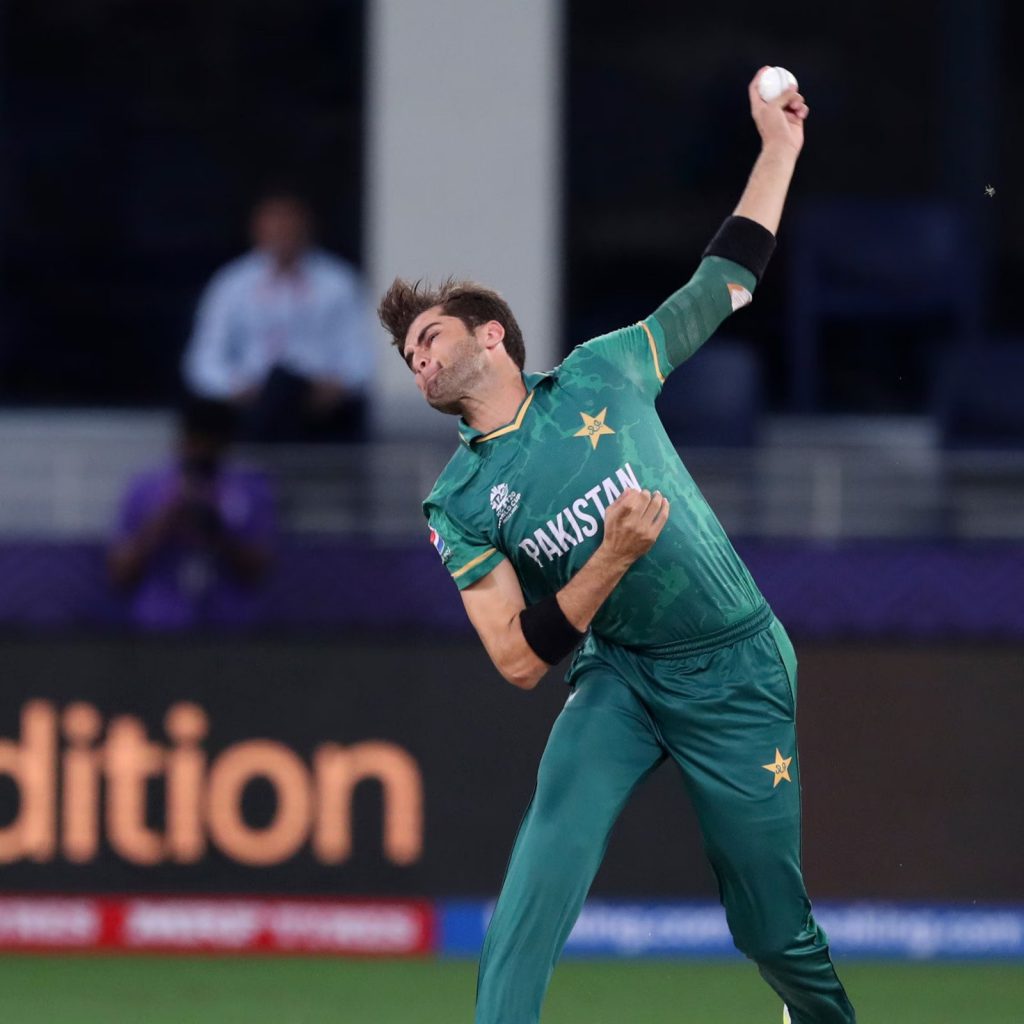
Legacy of Excellence
Moreover, Shaheen shattered the long-standing record held by Saqlain Mushtaq, becoming the fastest Pakistani bowler to claim 100 wickets in ODIs. Saqlain had set this record on May 12, 1997, during an ODI against Sri Lanka in Gwalior. It is notable that among the Pakistani fast bowlers, the accomplished Shaheen Shah Afridi follows in the footsteps of the legendary Waqar Younis, who achieved the 100-wicket mark back in February 1993 against Zimbabwe in Sharjah.
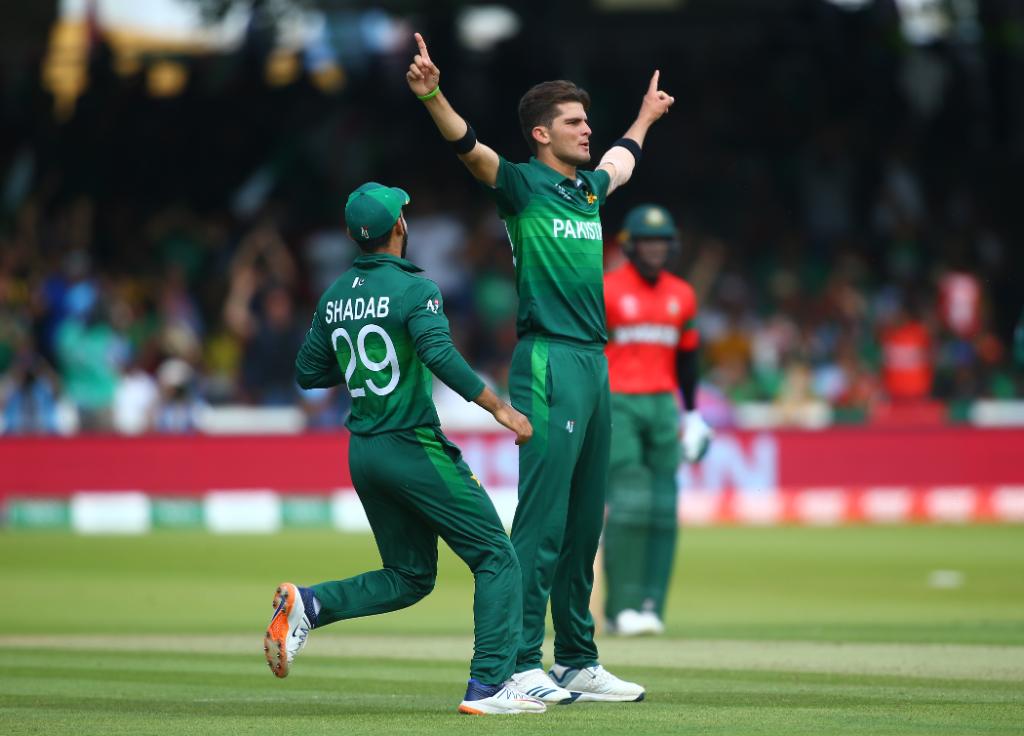
Beyond ODIs
Demonstrating his prowess beyond ODIs, Shaheen has made significant contributions in Tests and T20Is as well. Since his debut in 2018, he has garnered 105 wickets in Tests and 64 wickets in T20Is. His exceptional journey began with a strong performance in the U19 World Cup in New Zealand. Notably, he played a pivotal role in Lahore Qalandars’ consecutive victories in the Pakistan Super League (PSL).
A Testament to Talent and Dedication
Shaheen Shah Afridi’s rapid rise to 100 ODI wickets within 51 matches underlines his exceptional talent and unwavering dedication to the sport. As he continues to leave an indelible mark on the cricketing world, his journey serves as an inspiration for aspiring cricketers worldwide. With his remarkable achievements, Afridi has solidified his place in the annals of cricket history, etching his name as one of Pakistan’s most formidable and promising fast bowlers.
Cricket
ICC World Cup: Shoaib Akhtar says, ‘Mai India ki tareef kyu na karu’

Former Pakistan fast bowler Shoaib Akhtar has recently expressed admiration for India’s dominant performance in the ongoing 2023 ICC World Cup. With India securing victories in all six matches, Akhtar highlighted the team’s exceptional display across various aspects of the game. Although the recent batting performance against England in Lucknow was relatively modest, India’s fierce bowling attack, led by Mohammed Shami and Jasprit Bumrah, proved instrumental in securing a remarkable win. This triumph not only solidified India’s leading position on the points table but also exacerbated England’s struggles in the tournament, leaving them virtually eliminated.
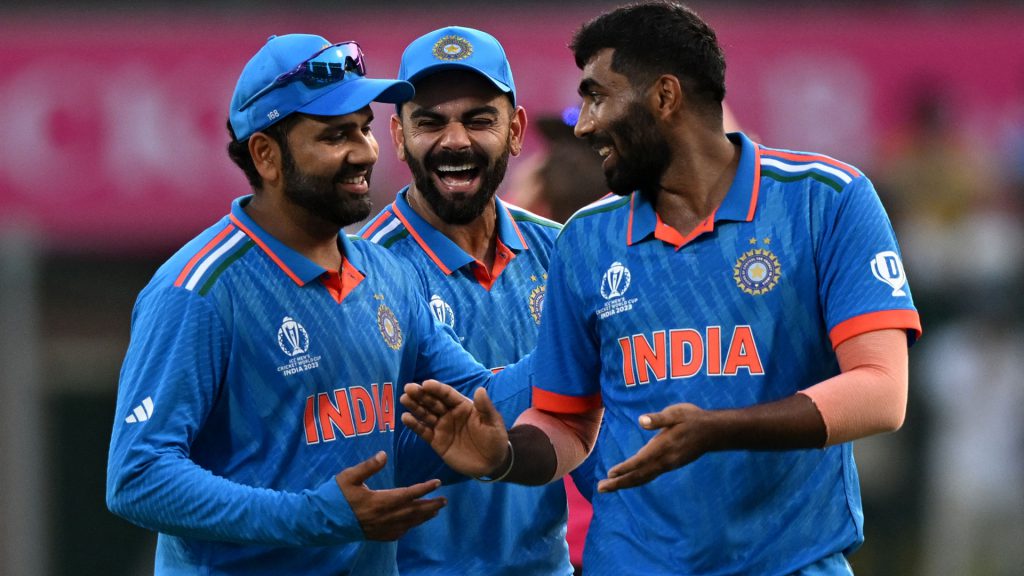
India’s Remarkable Bowling Transformation
In his analysis, Akhtar emphasized the transformative impact of Shami’s inclusion in India’s playing eleven following Hardik Pandya’s injury. Acknowledging Shami’s outstanding performances against New Zealand and England, Akhtar credited India’s ability to win matches through their bowling prowess, showcasing a shift from their traditional reliance on batting strength. He commended the collective effort of the Indian bowling unit, particularly recognizing the strategic brilliance of fast bowler Bumrah.
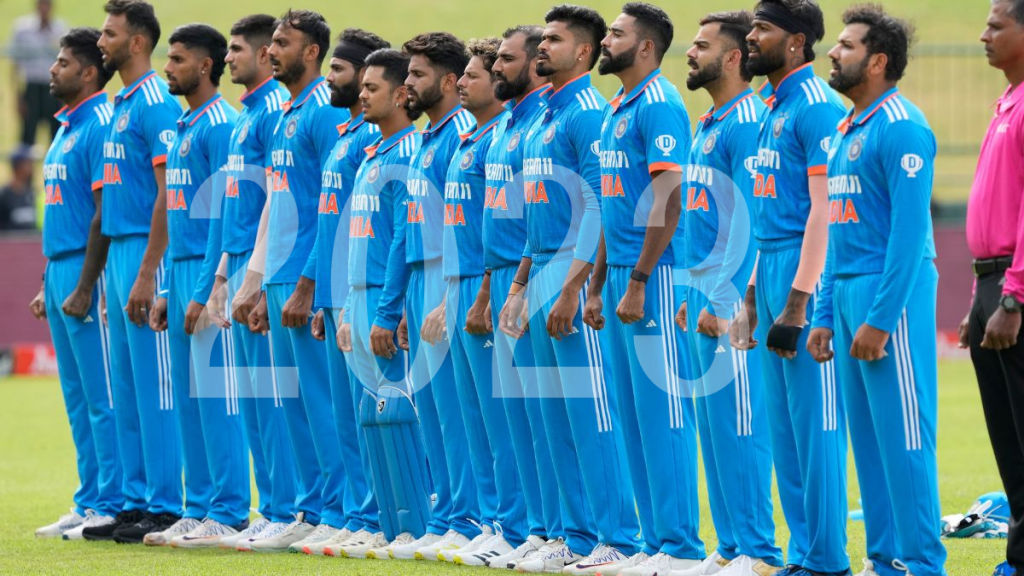
India’s Path to World Cup Glory
Looking ahead, Akhtar voiced his confidence in India’s potential to secure their third ODI World Cup trophy, highlighting the team’s upcoming matches against Sri Lanka, South Africa, and the Netherlands. Expressing optimism, he emphasized the significance of maintaining their unbeaten streak en route to the final, setting the stage for a potential historic ICC World Cup victory. However, Akhtar cautioned against compromising the successful bowling unit once Pandya returns to full fitness, warning against the potential detriment of a partially fit Pandya’s inclusion at the expense of a bowler.
Akhtar’s Praise for India and its Response to Criticism
Addressing skepticism surrounding his praise for the Indian team, Akhtar reiterated the exceptional nature of India’s performance, particularly in their ability to defend a modest total with a significant margin of victory. Undeterred by criticism, Akhtar reaffirmed his admiration for India’s exceptional cricketing prowess, urging acknowledgment and appreciation of their commendable achievements.
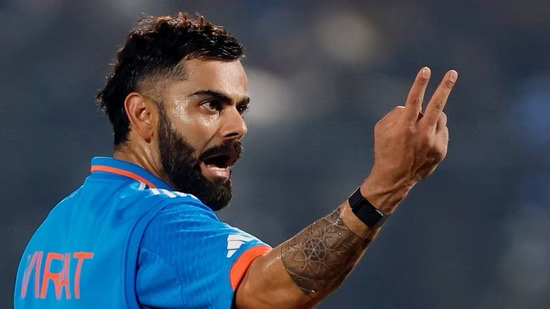
Shoaib Akhtar’s Perspective on Virat Kohli
Shifting focus, Akhtar’s history of praise extends beyond team performances to individual players, notably including former Indian team captain Virat Kohli. Reminiscing on Kohli’s resilience during a challenging phase in his career, Akhtar highlighted the pivotal role played by Kohli’s consistent century-scoring performances, leading to India’s victories. Recognizing Kohli’s contribution to the team’s success, Akhtar emphasized the significance of Kohli’s monumental centuries during crucial chases, solidifying his status as a crucial asset for the Indian cricket team.
In a comparison between Kohli and the legendary Sachin Tendulkar, Akhtar acknowledged Tendulkar’s status as one of the greatest batsmen while highlighting the challenges Tendulkar faced as a captain. Drawing parallels, Akhtar expressed confidence in Kohli’s eventual resurgence, expecting him to return to his prolific scoring form once he finds his equilibrium.
In summary, Akhtar’s acknowledgment of India’s exceptional performance and his recognition of individual players’ contributions underscore the team’s formidable presence in the 2023 ICC World Cup, setting the stage for a potential historic triumph in the coming days.







You must be logged in to post a comment Login